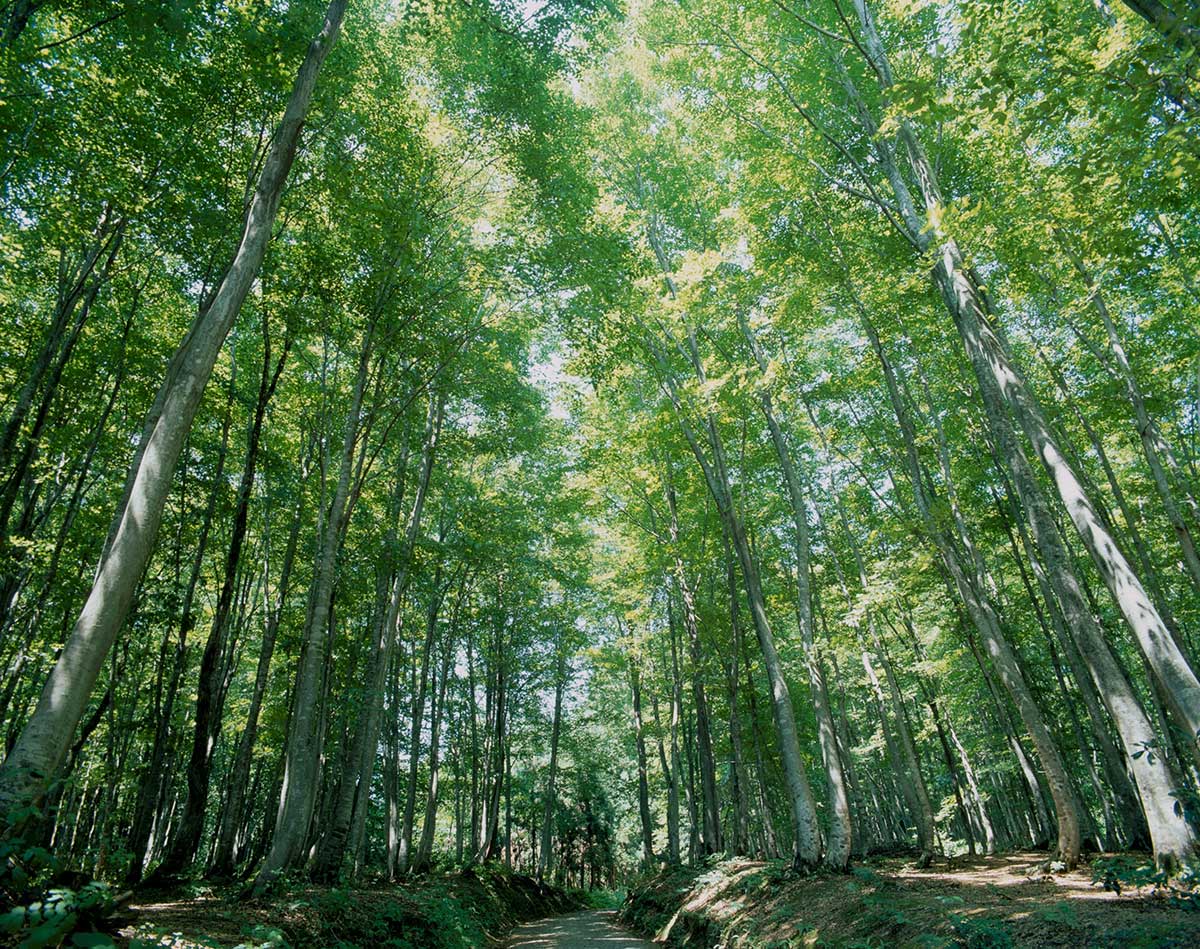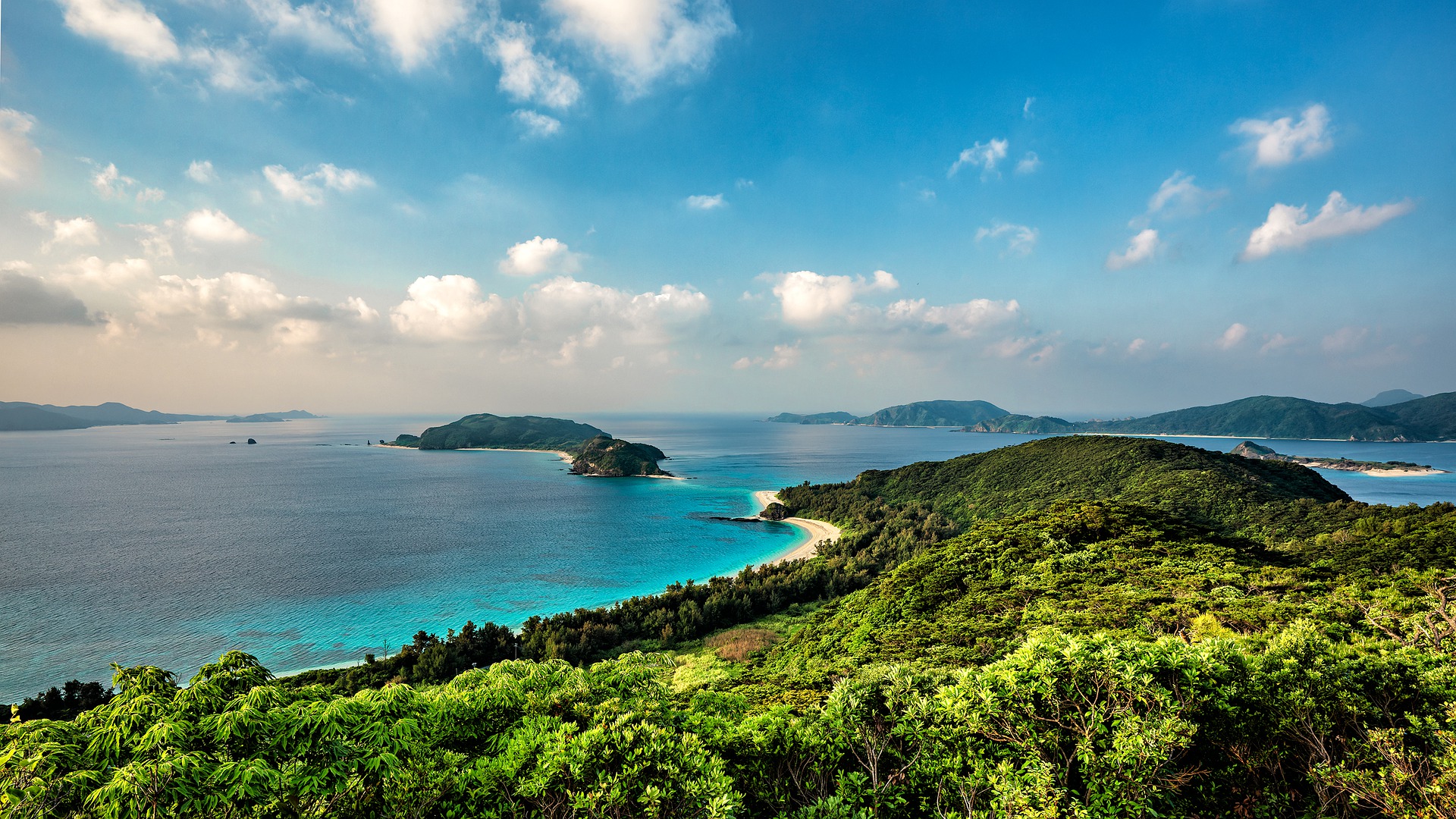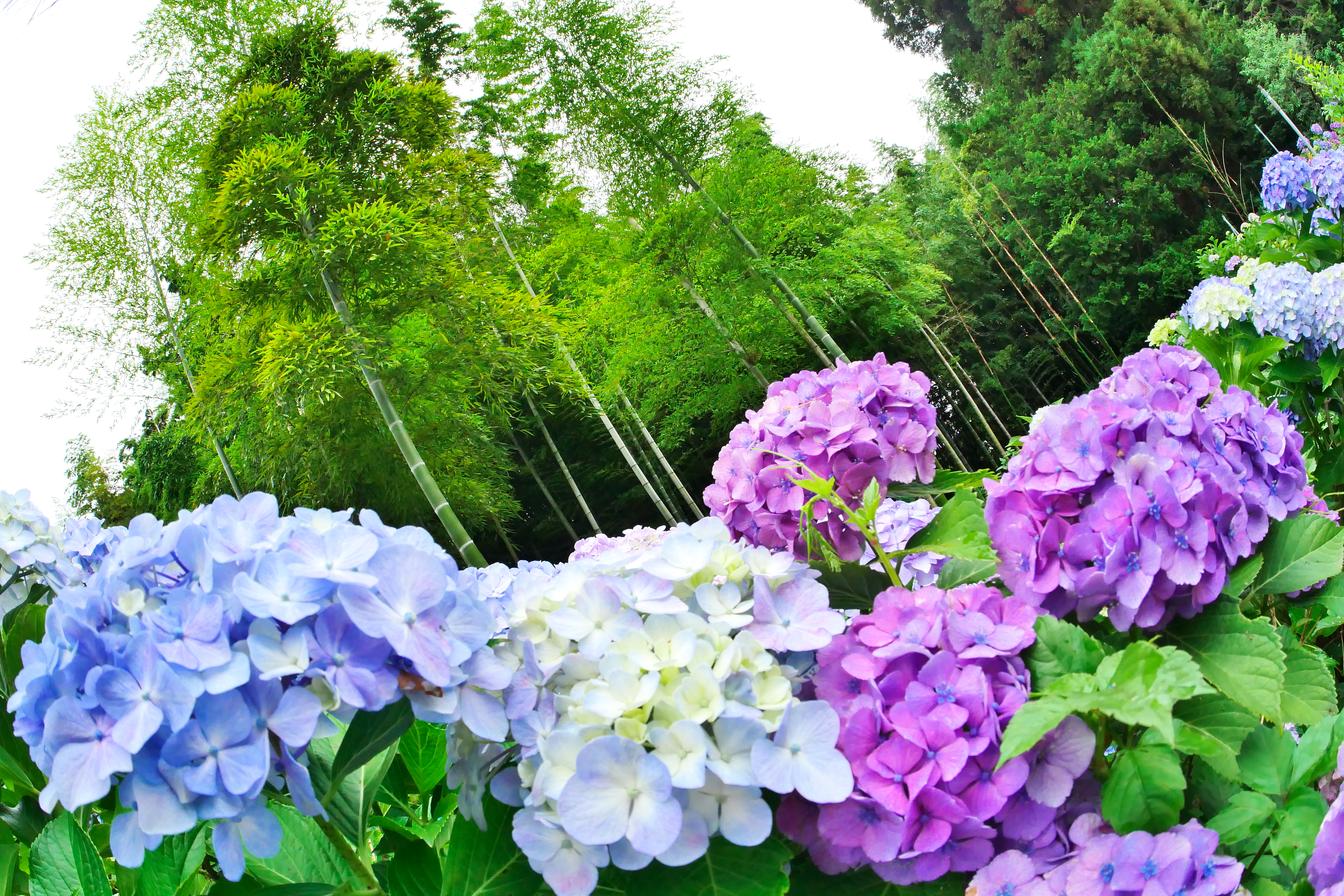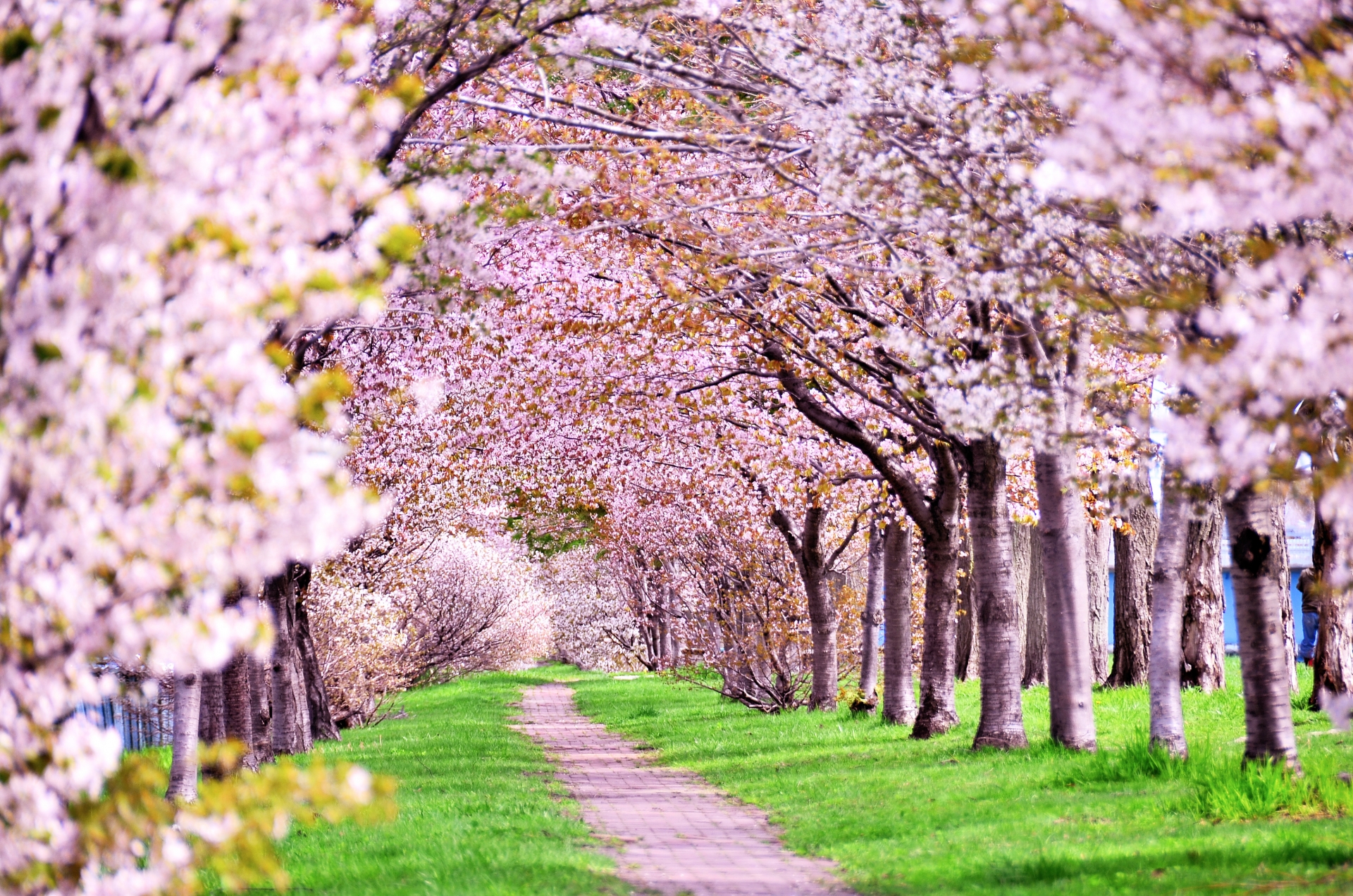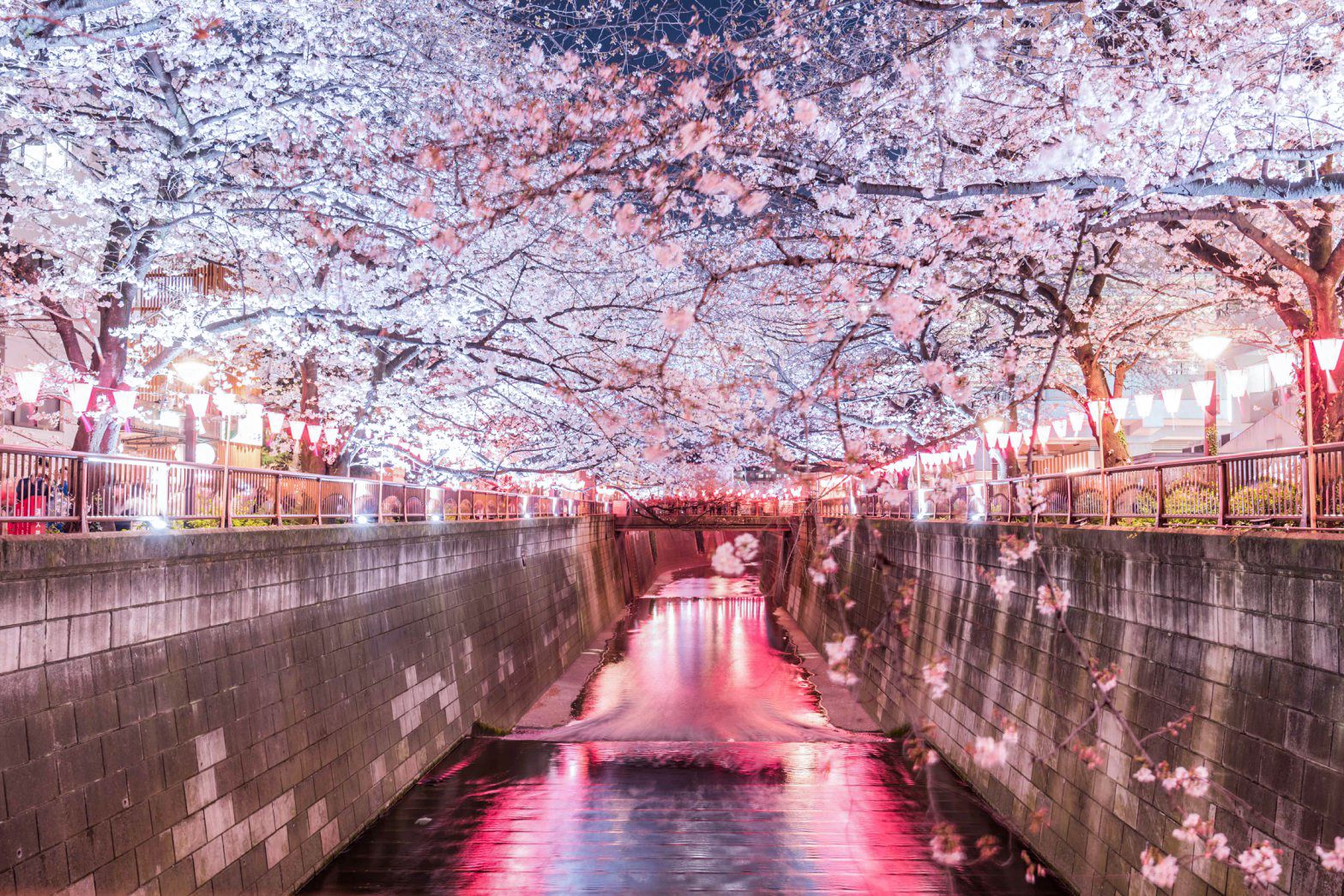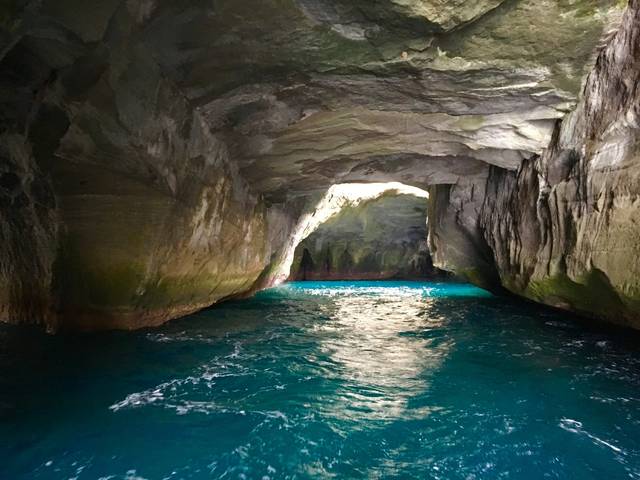Walk through Bijin Bayashi, a Japanese beech forest
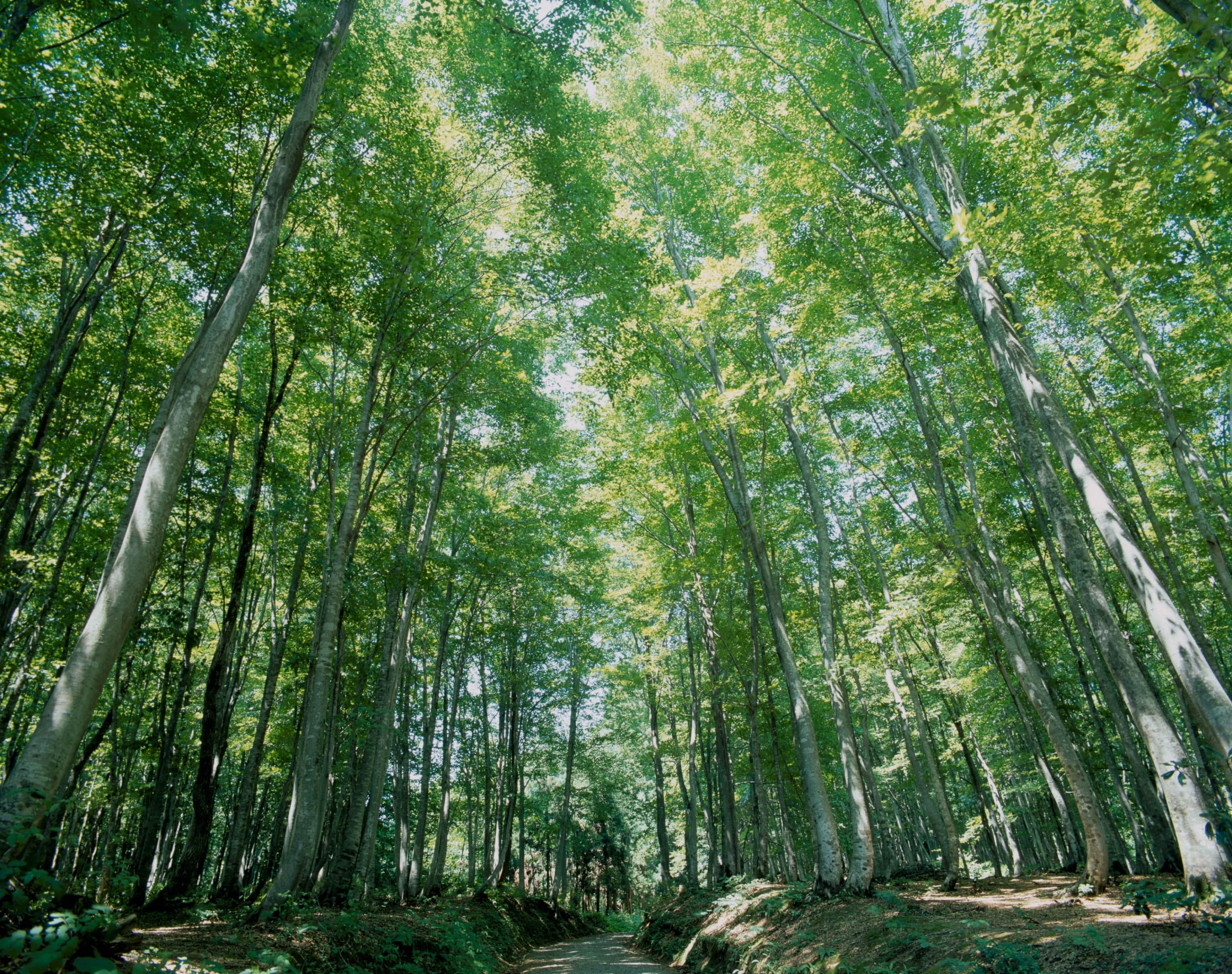
Visit Bijin Bayashi in Matsunoyama, Niigata, Japan. Appreciate the Japanese beech and increase your overall wellbeing.
Bijin Bayashi, a Japanese beech forest
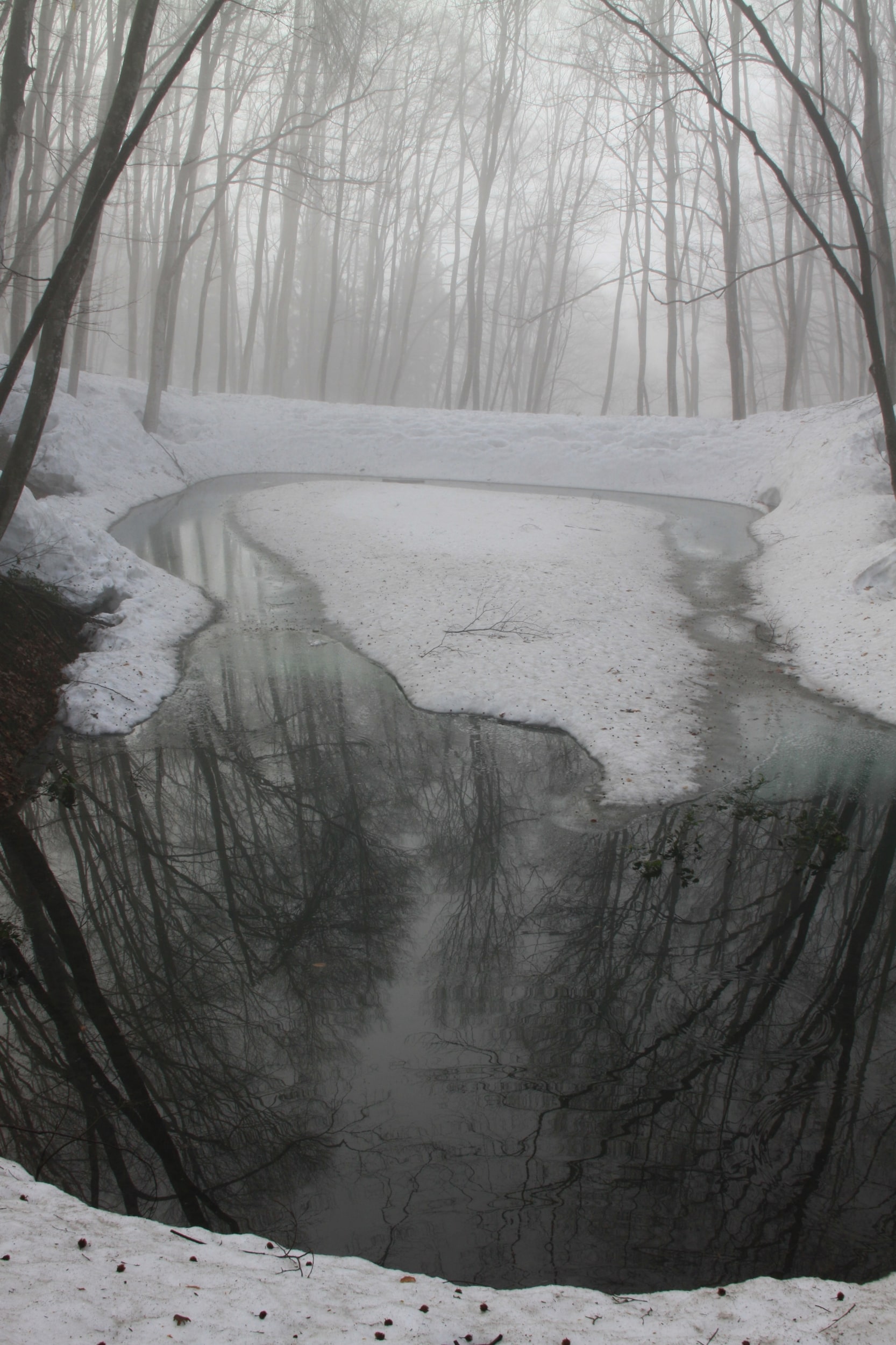
Now a major tourist site, the Bijin Bayashi Forest in Matsunoyama, Niigata is visited by more than 100 thousand people every year.
The name “Bijin Bayashi” is made up of three kanjis “Bi (美)” which means beauty, “Jin (人)” which means person, and “Bayashi (林)“which means forest. Literally translated, it would be, “a forest of beautiful women.” The “Bijin Bayashi” is a forest of Japanese beech (fagus crenata) or buna--- standing tall (up to 35 meters or 115 ft) with long, spreading branches.
Their light green leaves that reflect sunlight in spring and change to a calming yellow and orange in autumn. In winter, the trees stand strong in the snow. The have grey barks and rounded crowns.
With a high degree of biodiversity, it is a protected habitat for wild birds. You’ll hear many types of birds chirping in the forest, and if you’re lucky you might even spot a few.
Bijin Bayashi is beautiful any season. It's a great spot for photography.
History of Bijin Bayashi
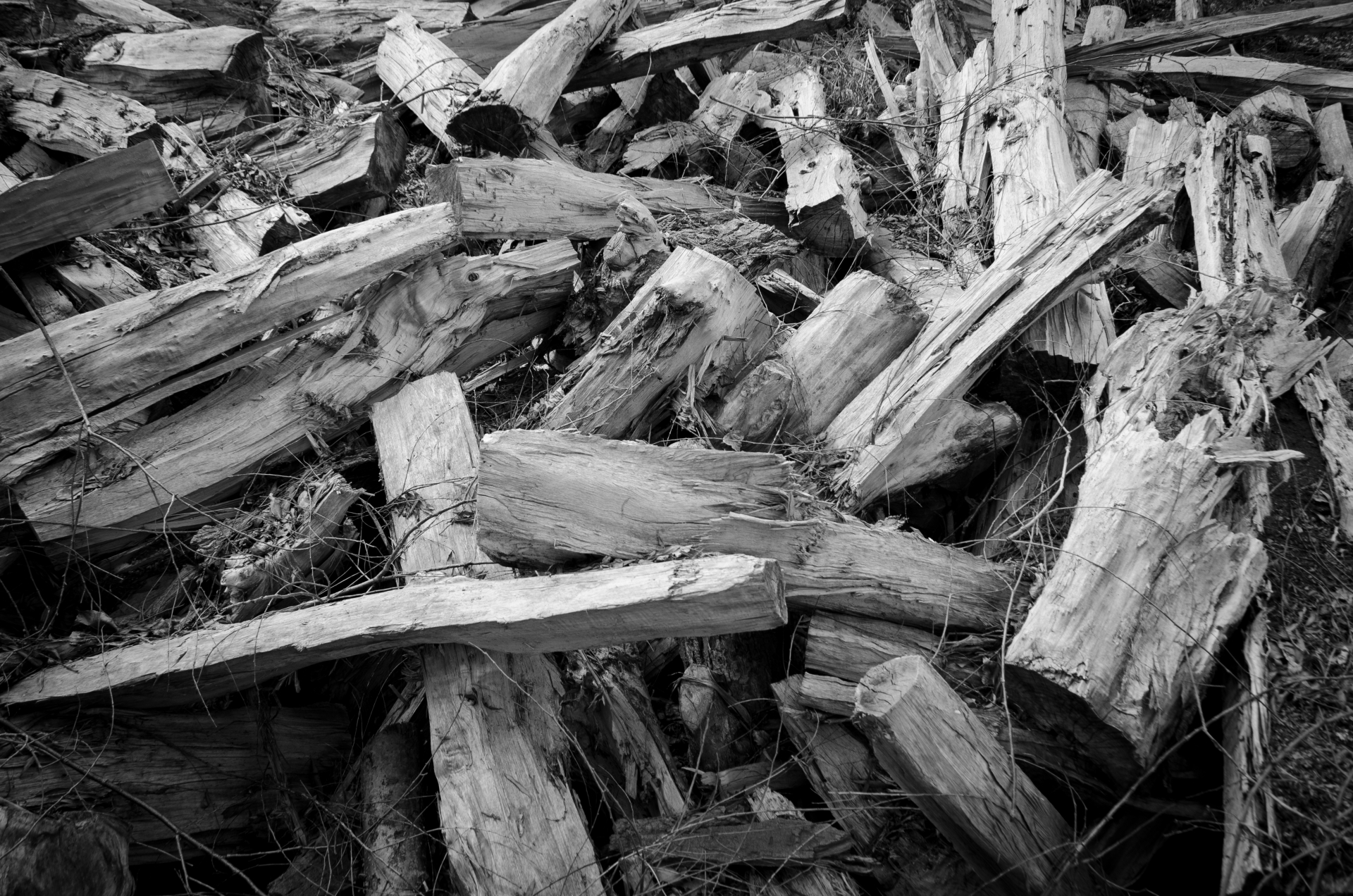
In the late 1920’s, the Japanese beech trees were harvested for charcoal. The forest became flat land, but after a while, the trees miraculously re-grew, creating a secondary forest. The new Japanese beech trees started to grow from the ground at the same time, and this made them grow similarly in size and length. As a result, today the trees all line up in an orderly manner, making the forest look even more beautiful.
There was another time the Bijin Bayashi would have been harvested for timber. After World War II, Japan was wasted land, and there was a need to rebuild homes. Japan’s economy was also booming, undergoing a period of rapid growth. There was a drastic need for timber and artificial planting was promoted by the government. Japanese cedar, that was easy to plant and grew quickly, had more commercial value than Japanese beech. For that reason, many beech forests throughout Japan were turned into cedar forests.
During all those years however, the “Bijin Bayashi” remained intact. The reason why it remained intact, and the origin of the name are linked together. This is the story that is told.
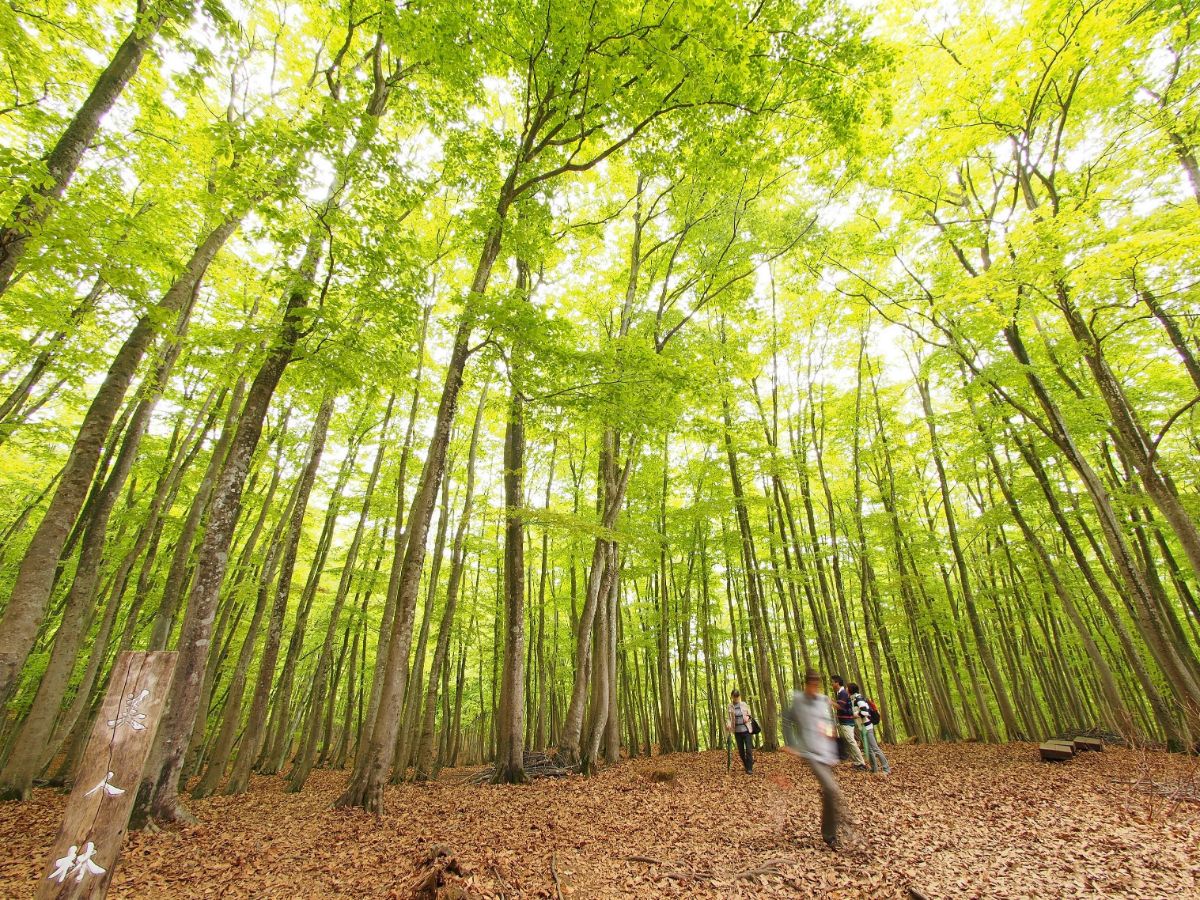
Around 1953, a timber trader came to Matsunoyama and was having a conversation with a nearby resident. Looking at the forest, the trader commented, “If only this were a cedar forest…” The nearby resident replied, “But it’s so beautiful inside, and so relaxing. Don’t you agree?” And the timber trader replied, “Yes, indeed. If the forest were human, it would be beautiful women.” This simple conversation spread out among the neighbors, and eventually the residents near by started to call the forest, “Bijin Bayashi.” This rumor reached the commerce chairman’s ears. The commerce chairman went to the forest to check it out himself and was awestruck. He decided to use the forest to advertise the area for tourism. Ever since, neighbors have protected Bijin Bayashi from being replaced or harvested for timber. Even today, there is a volunteer group that protects the forest by gathering dead leaves, and maintaining the forest clean.
For this reason, the name “Bijin Bayashi” not only describes the beautiful forest itself, but also the beautiful feelings of the neighbors who stood strong against all movements to cut the trees for the growing economy, and have since then protected the forest.
Benefits of Visiting
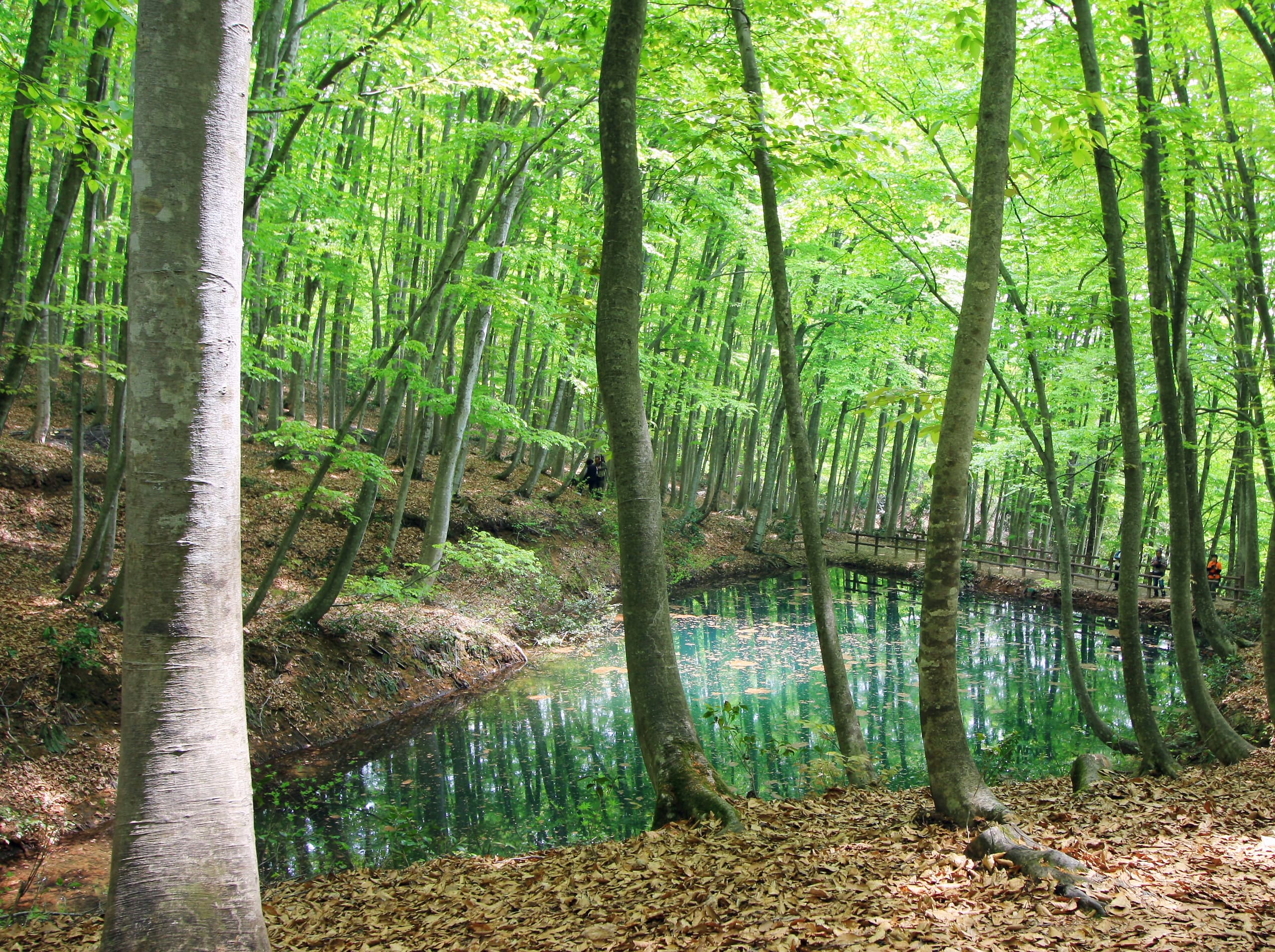
Trees and forests are an integrated part of Japanese culture, and many Japanese people have a sense of appreciation and reverence toward nature. Perhaps that is the reason why about 2/3 of Japan’s land is still forestry, despite its large population.
When you are at Bijin Bayashi, the most important thing to do is to put yourself in the forest and relax. In Japan, this is called “shinrinyoku (forest bathing)”, and in recent years, this has been scientifically proven to have health benefits. It is said to reduce stress hormones and boost the immune system, making you into a happier and healthier person. You don't have to hike up the mountain, you don't have to run. You just have to be in the woods and breathe in the fresh air. To enjoy Bijin Bayashi to the max, make sure you bring something to wear on top, because it's about two degrees Celcius colder in the forest.One other thing to note is that Matsunoyama area has an 800-year history for its hot spring (onsen). The hot spring there is one of Japan’s top three medicinal waters, known to have benefits against matters such as nerve pain, hemorrhoids, cuts and burns.
For all these reasons, visit Bijin Bayashi in Matsunoyama, Japan. Appreciate the Japanese beech, and increase your overall wellbeing.
How to Visit
You will need about 4 hours to get there. Tokyo to Niigata is about 2 hours by bullet train, and it takes another 2 hours (by car or train) to get to Bijin Bayashi.
Bijinbayashi is an absolutely stunning and beautiful beech tree forest located in the Tokamachi a...
Reference List
http://www.matsunoyama-onsen.com/2017/05/06/01-3/
https://qz.com/804022/health-benefits-japanese-forest-bathing/
https://www.ubcpress.ca/asset/12526/1/9780774808828.pdf
https://www.nippon.com/en/features/c03912/
https://tabi-mag.jp/ng0149/
http://enjoyniigata.com/en/detail/page/detail/5350
Sponsored Links
Unmissable Tours
Expand your horizons by interacting with diversity. Take a look at guided tours on which you can connect personally with the guides and have truly extraordinary experiences.
Search
